- Call us: 01444 237070
- Contact Us
- Stores
- Sign In / Register
-
- Back
- Used Cameras
- Used Accessories
- Used Lenses
- Used Video
- Used Film Equipment
- Used Stock Alert
- Used Blank Test
- Sell or Part Exchange
- Used Clearance
- Recently Added Used Equipment
- Park Picks
- All Used Black Friday Deals
- Faulty
- Trade-In
- Blog
- New in
- Call us
- Contact us
- Stores
- Sign in
- Categories
- Tips & Inspiration
- Reviews
- News
- Events
- Features
- Buying Guides
- Competitions
How to Choose the Best Travel Tripod
The most important considerations can change when it comes to traveling with your camera. If going by plane, we’ll probably want to ensure our gear is carry-on compliant, and a tripod that’s lightweight, compact and portable enough for us to carry around all day is preferable.
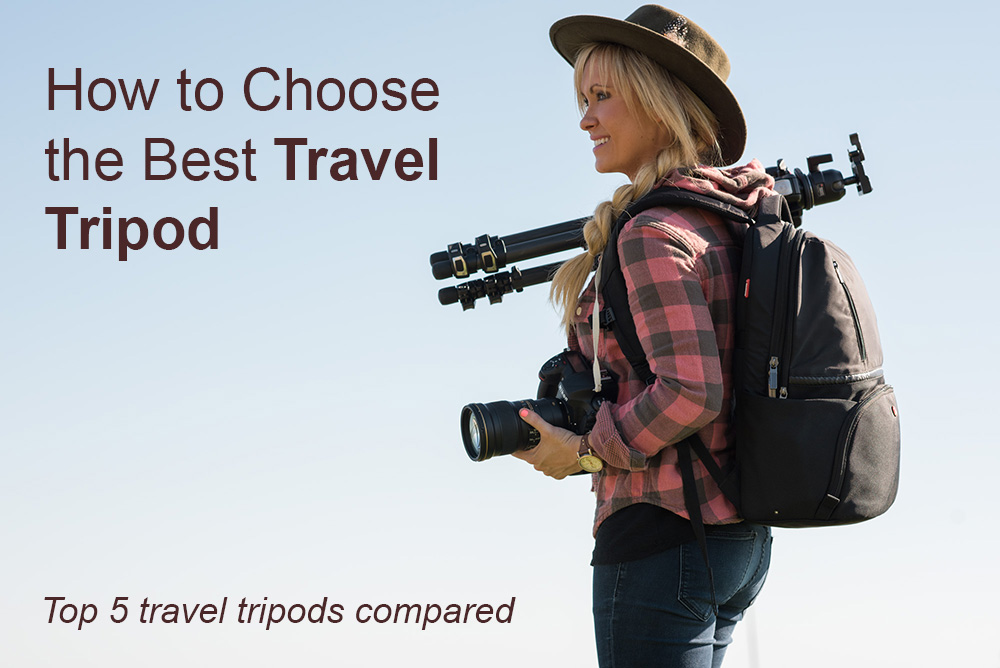
Our buying guide will help you choose the best travel tripod for your needs, with the most important features to consider, and which tripod brands offer the best bang for your buck, whatever the budget.
We also compare the top 5 travel tripods of 2024, so whether you’re jetting off to sunnier climes, heading away for a continental city break, or in the UK for a staycation, this guide will help you choose the perfect travel tripod, which you can buy right now.
Quick Links
- Are travel tripods worth it?
- Can I bring a tripod on a plane?
- What to look for in a travel tripod
- Why are tripods sometimes not allowed?
- What is the best height for a travel tripod?
- Ergonomics and usability
- Build quality and durability
- How do you carry a tripod with a backpack?
- Top 7 travel tripods of 2024 compared
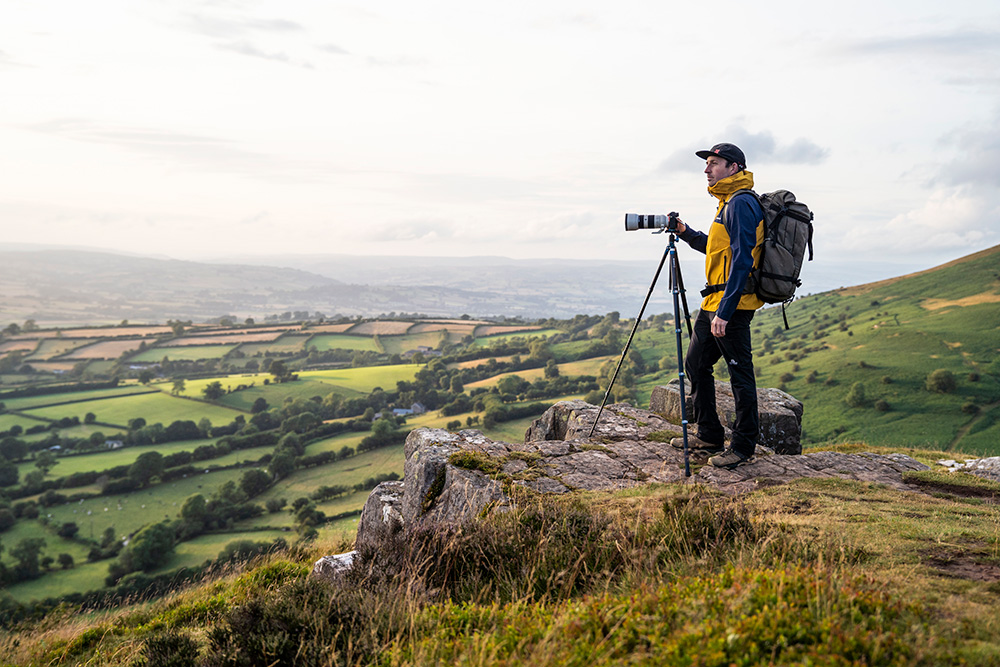
Are travel tripods worth it?
Is it even worth getting a travel tripod when most of today’s cameras have such powerful image stabilisation? Although not for everyone and every situation, there are plenty of times where having a travel tripod is worth it, and a good one has you covered in a range of scenarios.
- The primary reason for a tripod is to reduce ISO settings in order to capture the cleanest possible image, even at slow shutter speeds.
- For long exposure photography, when you want to smooth motion and create long exposure effects such as blurry water or clouds.
- Night and astro photography – cityscapes at night with atmospheric street lights, epic scenery with stars overhead and frozen aurora scenes all benefit from a tripod.
- For focus stacking, time-lapse, hyper-lapse and other types of content, which require a stable setup for extended periods.
- To capture selfies or group shots in front of memorable landmarks.
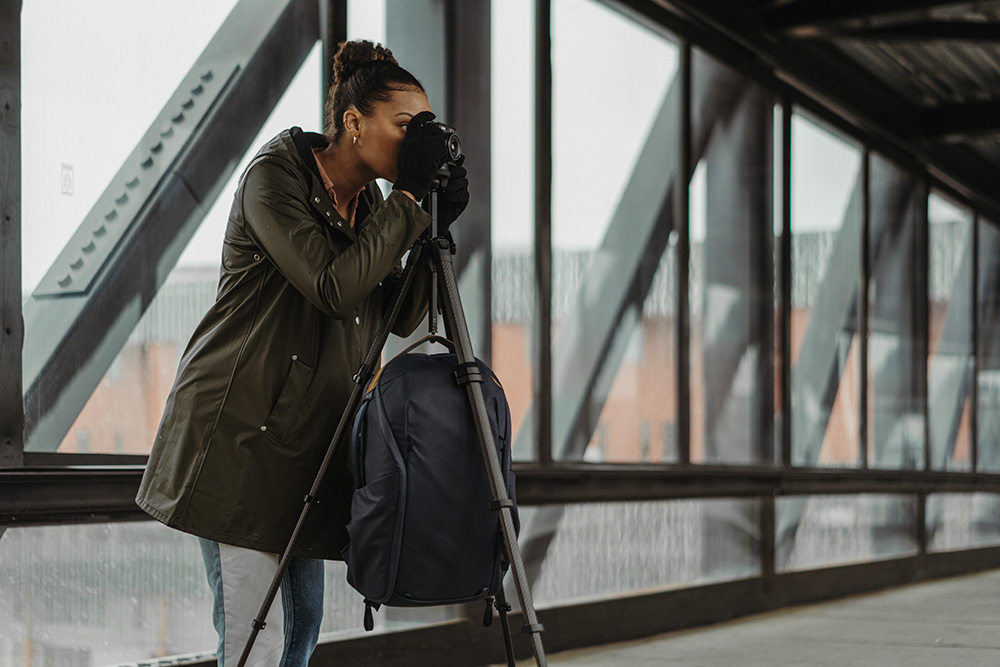
Can I bring a tripod on a plane?
We always recommend that you check with your specific airline prior to travel, however most airlines do not restrict travel with a tripod. As long as it fits into your carry-on luggage and meets weight restrictions you can bring a one on a plane.
What to look for in a travel tripod
When choosing the best travel tripod we look for slightly different features as to picking the best general tripod for photography. The top five criteria include:
- Being lightweight is the number 1 feature for most photographers
- Compact when folded down – reverse folding tripods score an extra point here
- Sturdy and stable despite being lightweight
- Ease of use with a quick setup
- Robust and durable
- Versatile features, such as the ability to hold a phone, accessories, or transform into a table-top tripod or monopod

The Manfrotto BeFree GT tripod with Paul Zizka
Why are tripods sometimes not allowed?
Even if you have the smallest and lightest tripod, you may get asked to pack it away when shooting in certain tourist hotspots, busy city squares, in museums or galleries. Generally this is to avoid trip hazards, which the legs can cause, or to enforce restrictions on commercial photography.
A tripod elevates the casual snapping tourist to a commercial photographer in the eyes of some local authorities, which may require that you obtain a permit for photography. Some natural locations may prohibit the use of tripods in order to protect sensitive habitats.
Regardless of the rationale, always respect the situation you’re in, no matter how keen you are to capture a unique, or specific shot.
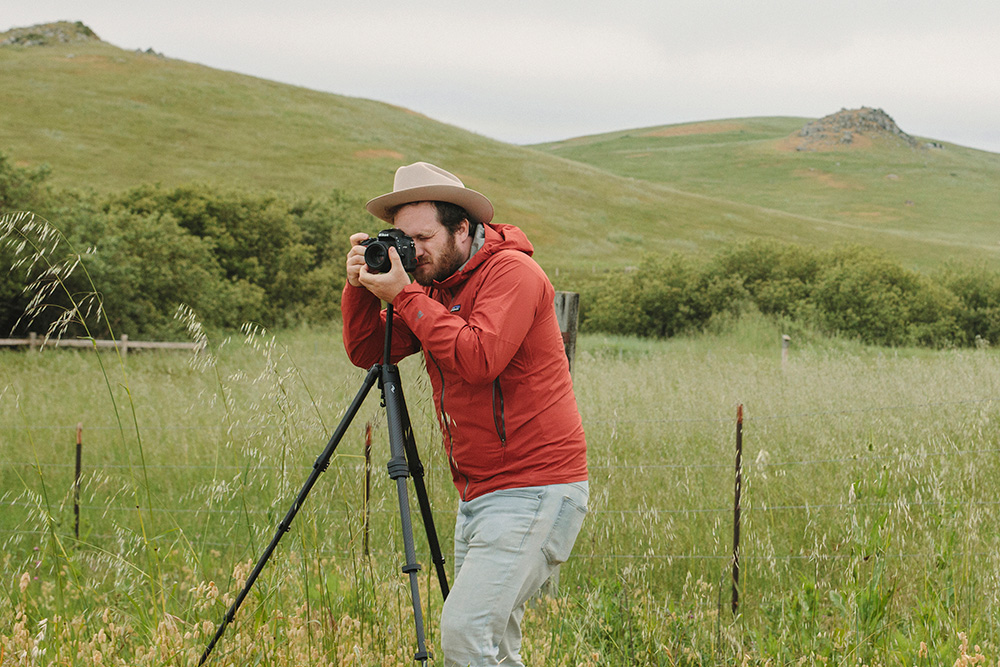
What is the best height for a travel tripod?
When picking a travel tripod, the maximum shooting height a tripod can reach is often where the biggest compromise is made. Ideally, try and choose one which reaches around the same height that you are, in order to avoid bending down, getting a bad back and general discomfort.
Most models have a centre column, which extends to allow your camera to sit higher. While this is very useful, a fully extended centre column is prone to minor shake and movements caused by wind, so try and avoid extending it to the maximum height where possible.
The Gitzo Traveler Series 1, 4-section extends the highest of all the models we compare in the table below, and it only has four leg sections, which adds to stability. The downside to fewer leg sections is that it will not pack away as short as a 5-section tripod such as either of Peak Designs travel tripods, which are both a mere 39.1cm when folded down.
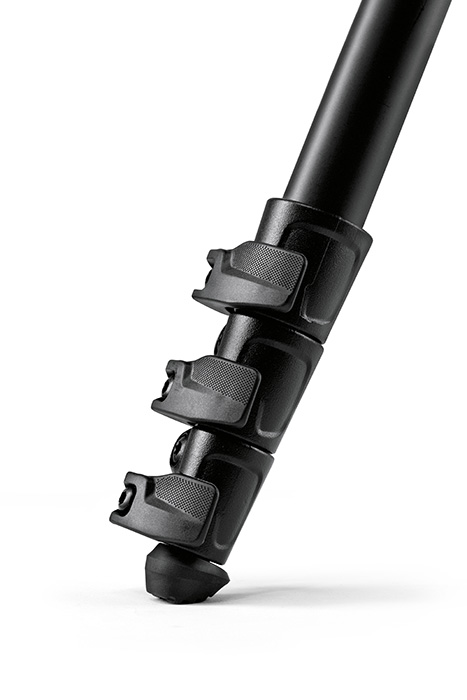
Ergonomics and usability
Although tripods all perform the same basic functions, how they achieve this can make or break usability. Each of the travel models compared below use either twist or flip leg locks for quick setup, with the Gitzo and Manfrotto options featuring twist locks, while the other three utilise flip locks.
Leg locks are subjective as both options offer similar durability and setup times. Favourable points go to designs allowing simultaneous release of all leg joints, which streamlines setup and takedown.
Another factor in useability is the option to shoot with your smartphone, which both of the Peak Design models allow thanks to a storable mobile mount. Likewise having mounting options for video recording is useful for when you need a video monitor, microphone, LED light or other accessory. Premium models tend to add features and utilise more durable materials, which we explore below.

Composing an image low to the ground with Benro Cyanbird
Build quality and durability
When strapped to your camera backpack and subjected to the occasional bump, a tripod must be durable and resilient enough to withstand the daily rigours of travel. Each of the models we compare below are crafted from aluminium, carbon fibre, or a combination of both of these tried-and-tested materials.
Each material has its pros and cons, with the main being the lightweight nature of carbon fibre, and the stability of aluminium. A Carbon tripod invariably costs more than an aluminium tripod, which can be the deciding factor for many photographers.
Overall build quality is also impacted by the materials used for leg locks and other smaller components. Plastic leg closures may be lighter, but they’re also more prone to failure over time. This is where warranty length can come into play, and all of the ones we compare feature a five year or longer warranty for peace of mind.
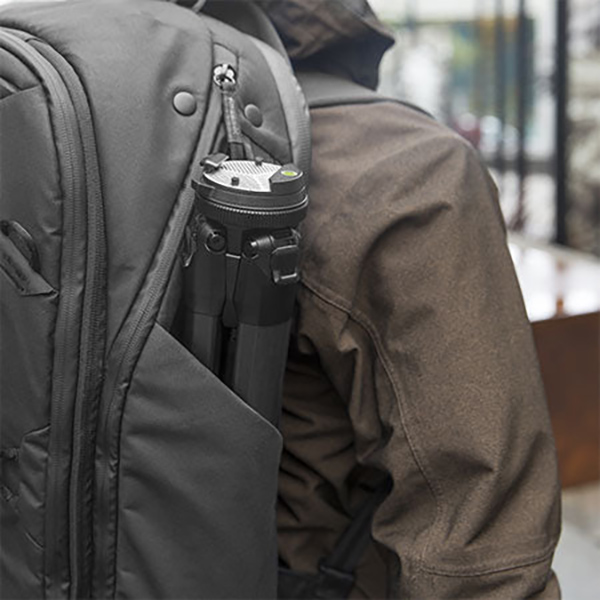
How do you carry a tripod with a backpack?
Photographers who carry gear with a backpack will often strap a tripod to the sides or rear of the pack. Where it can be stowed depends on the folded height of the tripod and which backpack you own. Longer legs may require rear panel mounting, whereas shorter legs can usually fit in a side pocket.
Neither is a particularly quick solution, requiring you to remove the pack from your back. An alternative is to travel with a sling bag or messenger bag, which holds a compact tripod underneath. This won’t hold as much equipment, but is a great solution for day trips while away, and offers quicker access to gear than a backpack.
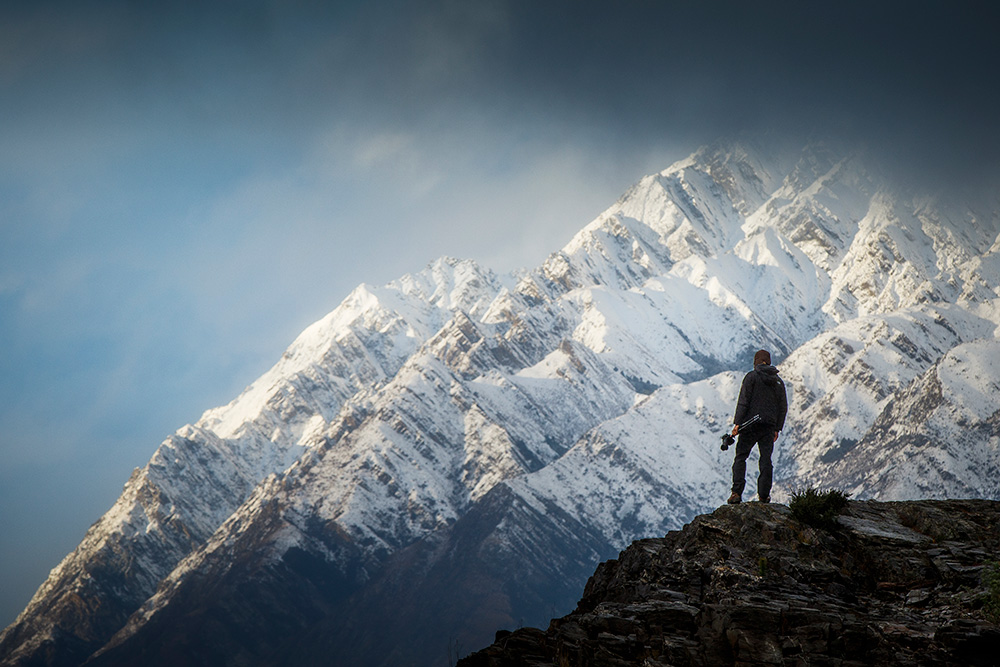
Head on epic adventures with Manfrotto Befree and Philip Thurston
Top 7 travel tripods of 2024 compared
In this table we’ve compared the top models so that you can find the best tripod for travel in 2024, which has the perfect combination of the features for your needs.
|
|
|||||||
|
Weight |
1.56 kg |
1.27 kg |
1.49 kg |
1.05kg |
1.45kg |
1.27 kg |
1.49 kg |
|
Max. load |
9.1 kg |
9.1 kg |
9.0 kg |
4 kg |
10 kg |
9 kg |
9 kg |
|
Incudes ball head |
Yes |
Yes |
Yes |
Yes |
Yes |
Yes |
Yes |
|
No. leg sections |
5 |
5 |
4 |
5 |
4 |
4 |
4 |
|
Folded length |
39.1 cm |
39.1 cm |
40 cm |
46cm |
42.5 cm |
40 cm |
40 cm |
|
Max. shooting height |
152.4 cm |
152.4 cm |
150 cm |
155cm |
163.5 cm |
150cm |
150cm |
|
Min. shooting height |
14 cm |
14 cm |
40 cm |
17cm |
32.4 cm |
41 cm |
40 cm |
|
Special features |
|
|
|
|
|
|
|
|
Warranty |
Includes a Lifetime guarantee |
Includes a Lifetime guarantee |
Warranty 2 years + 8 year extension |
5 year warranty available |
Warranty 2 years + 5 year extension |
Warranty 2 years + 8 year extension |
Warranty 2 years + 8 year extension |
|
Price |
£329.00 |
£559.00 |
£169.00 |
£235.00 |
£539.00 |
£249 |
£174 |
The perfect choice when choosing a travel tripod lies in striking a balance between portability, weight, folded size and maximum shooting height. It also needs to support the weight of your camera and lens combination. All of the models above will hold a DSLR with a shorter zoom lens attached – aside from the Benro CyanBird, which has the lowest payload, but is also the lightest by far.
Explore our range of camera tripods to find the perfect one for your needs, and remember that the best option for travel is likely to be a different to the best one for wildlife or other genres, where load capacity becomes a crucial factor.
Share this post:
By Nick Dautlich on 19/03/2024
Nick Dautlich
Senior Content Writer and Product Reviewer
Nick Dautlich is the Senior Content Writer and Product Reviewer at Park Cameras, with over 15 years of photography experience. A Sony Imaging Professional and expert reviewer, Nick has worked with major brands such as Canon, Sony and Nikon. His work is also featured on Vanguard World UK’s website, Capture Landscapes, and Shutter Evolve. Nick’s photography includes National Trust projects and magazine covers and he is passionate about landscapes and storytelling. Nick also enjoys hiking and teaching his children about nature. Learn more on his profile page.

Trade in your old equipment
Fast and easy trade in service ensures your old gear is collected efficiently and you are paid quickly! It's very simple to trade in your unwanted photography gear. Just head over to our dedicated Sell or Part Exchange page, fill out the details, and we'll get back to you with an offer for your old gear. Take the cash, or put it towards the cost of your new gear. It's up to you! Find out more
sign up to the newsletter
Keep up to date on the latest photography news, events and offers. Sign up now
